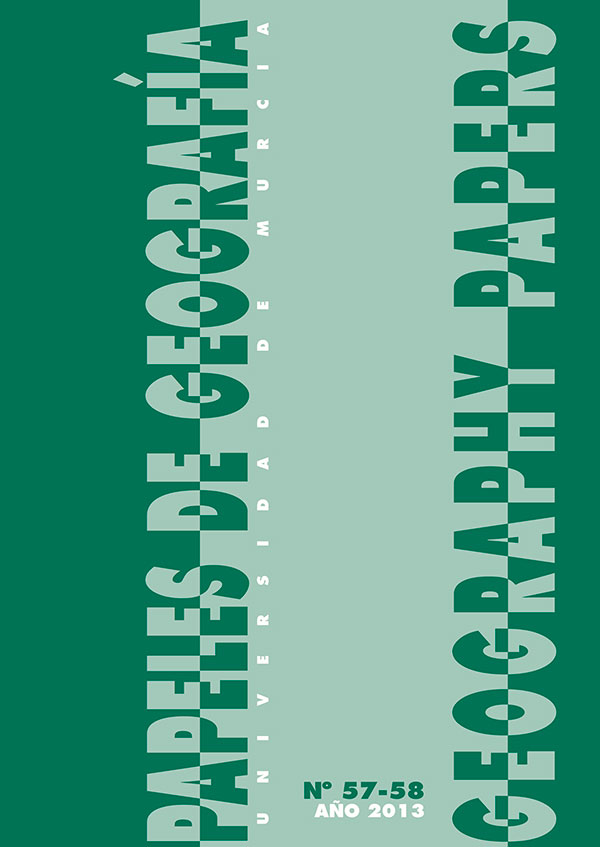Cabra’s Market Gardens, broken landscape
Abstract
Inland in southern Spain, there is no better example of traditional irrigation and landscapes than Cabra’s market gardens. Standing on the strip where the Subbetica range and flatlands merge, they owe their existence to the flow of water from the emergence of Karst aquifers (Fuente del Rio), that provide irrigation for the Higher Gardens in the foothills (Huertas Altas) and downstream, for the Lower Gardens on the river Cabra’s fluvial terrace (Huertas Bajas).With age-old origins, they enjoyed great splendour in Arab times, but were really consolidated in the XX century. Since then they have displayed a geometrical landscape chequered by smallholdings with rich and varied mixed farming, supplying fruit and vegetables to the wide area surrounding this pleasant countryside, reflected in literature and perceived by all and sundry.The twentieth century’s urge for productivity led them to convert and intensify agricultural practice in the sixties, reaching maximum heights of yield and income. But they soon fell victims of their inability to compete with and adapt to new markets, leading them to descend in recent decades to the kind of activity that seems inconceivable in view of their fairly recent past. The Higher Gardens have been prey to building with no urban regulation, and the Lower Gardens subject to abandon and victims of monoculture. The resulting patrimonial loss is at the same time distressing and irreparable, giving rise to today’s broken landscape: the Higher Gardens through the loss of arable land in favour of urban development and the Lower Gardens through the disappearance of their working as proper smallholdings.Downloads
-
Abstract354
-
PDF (Español (España))136
The manuscripts published in Papeles de Geografía are subject to the following terms and conditions:
1. The publishing house of the University of Murcia (Servicio de Publicaciones de la Universidad de Murcia) keeps the copyright of the published manuscripts favouring and allowing the use and distribution of such works under the licence in 2 below.
© Servicio de Publicaciones, Universidad de Murcia, 2011
2. Manuscripts are published electronically under an Attribution Non-Commercial No Derivatives 3.0 Unported Creative Commons Licence Spain (Legal text). Readers are free to copy, use, share and redistribute the material in any medium or format as long as (i) appropriate credit is given to authors and original source (journal, publishing house and URL); (ii) the material is not used for commercial purposes and (iii) this licence and restrictions are stated.
3. Self-archive. Authors are allowed and encouraged to distribute pre-print versions (prior to evaluation) and/or post-print versions (after evaluation and accepted for publication) of their manuscripts. This favours the dissemination and early distribution of scientific knowledge and citing.





